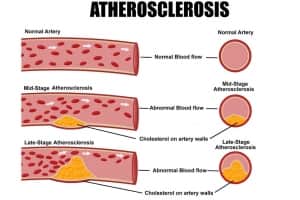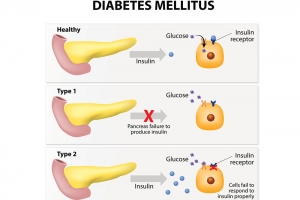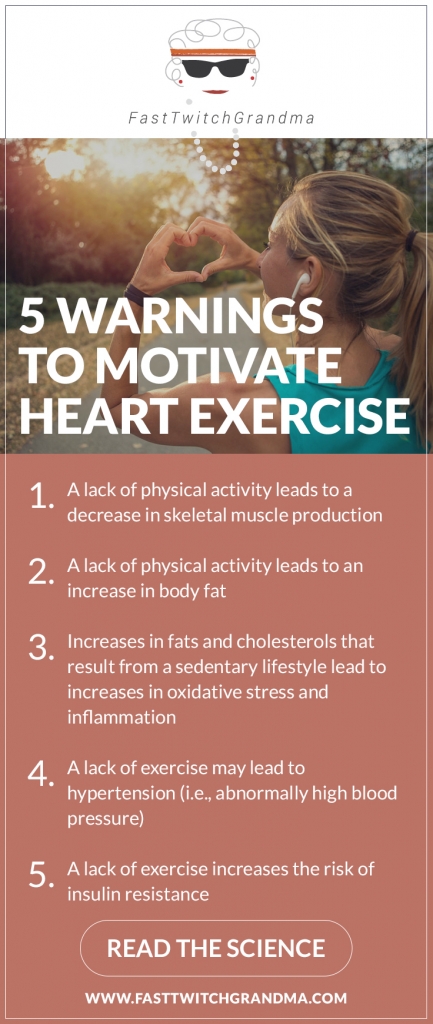5 Ways To Exercise Your Heart

Julia Basso
Exercise beneficially affects the body in a surprising number of ways. I am excited to be writing a series based on the effects of exercise on a variety of different bodily systems.
As we all know, exercise is good for the heart and overall cardiovascular health. When we workout, our heart rate increases. As the heart pumps faster, more blood pumps through the heart and all throughout the body and brain. It is therefore no wonder that since exercise affects the heart so directly, it is a good and healthy thing for our cardiovascular systems.
 Track your heart rate with the sleek and stylish Motiv Fitness Ring.
Track your heart rate with the sleek and stylish Motiv Fitness Ring.
 During the aging process, many of us develop plaque buildup in the arteries – a condition known as atherosclerosis. Over the years, this plaque hardens, narrowing the arteries and causing a reduction of oxygen-rich blood flow to the heart. Coronary heart disease (CHD) is a result of this plaque buildup and artery blockage, and is the major cause of death globally (Mathers et al., 2009).
During the aging process, many of us develop plaque buildup in the arteries – a condition known as atherosclerosis. Over the years, this plaque hardens, narrowing the arteries and causing a reduction of oxygen-rich blood flow to the heart. Coronary heart disease (CHD) is a result of this plaque buildup and artery blockage, and is the major cause of death globally (Mathers et al., 2009).
Lifestyle Choices
A variety of lifestyle choices including food and alcohol consumption, smoking habits, oral health, chronic levels of stress and depression, sleep habits, and of course, exercise, affect our risk for developing CHD.
Related Article: 7 Tips To Get You Sleeping Again
Importantly, regular moderate physical activity is related to fewer CHD events in individuals with and without symptoms of the disease. Exercise may be mediating these beneficial effects on the cardiovascular system through a variety of mechanisms, though the exact reason is not yet known. A recent scientific review (Mathews et al., 2016) sought to delineate the precise mechanisms by which exercise affects the heart and decreases the risk for CHD, and I will share them with you here.
 First, a lack of physical activity leads to a decrease in skeletal muscle production. Because muscle uses glucose for energy, a decrease in muscle means an increase in glucose throughout the body. This process can lead to metabolic problems such as hyperglycemia and hyperinsulinemia, and in some circumstances, diabetes.
First, a lack of physical activity leads to a decrease in skeletal muscle production. Because muscle uses glucose for energy, a decrease in muscle means an increase in glucose throughout the body. This process can lead to metabolic problems such as hyperglycemia and hyperinsulinemia, and in some circumstances, diabetes.
Second, a lack of physical activity leads to an increase in body fat. A sedentary lifestyle is associated with a decreased ability to break down fats, thus leading to increased levels of triglycerides (i.e., the main constituents of body fat) in the blood. This, in turn, leads to higher levels of low-density lipoprotein (LDL) cholesterol and lower levels of high-density lipoprotein (HDL) cholesterol. In some situations, this may lead to a metabolic condition known as hypercholesterolemia.
Third, increases in fats and cholesterols that result from a sedentary lifestyle lead to increases in oxidative stress and inflammation. That is, the immune system becomes activated and the body ends up in a state of low-grade, but constant inflammation. Interestingly, of all the beneficial effects that exercise has, decreased inflammation has ben shown to be the largest contributing factor to the decreased risk for CHD (Mora et al., 2007).
Fourth, a lack of exercise may lead to hypertension (i.e., abnormally high blood pressure) – yet another hallmark of CHD. In fact, greater levels of body fat are related to increased risk of hypertension, which may be regulated by regular exercise.
Fifth, a lack of exercise increases the risk of insulin resistance. In normal, healthy conditions, when glucose is present in the blood, the pancreas releases insulin. This hormone allows for the passage of glucose into cells, which the cells then use as an energy source. This process decreases glucose levels in the blood. In certain circumstances, cells in the body are resistant to insulin and glucose cannot be brought into the cells; this condition is called insulin resistance. When we remain sedentary, glucose, fats, and cholesterols levels in our blood remain high and the risk for insulin resistance increases. A sedentary lifestyle increases the risk for insulin resistance.
Related Article: Exercise and “Inflammaging”
On the contrary, when we exercise, many beneficial things happen for our cardiovascular system. Exercise decreases blood levels of glucose, fats, and cholesterol and importantly, reduces our risk of developing insulin resistance. Exercise also regulates our blood pressure, decreases levels of cortisol (the body’s main stress hormone), and reduces levels of inflammation in the body. Finally, exercise enhances blood flow in the body, helping all of the beneficial factors in the blood circulate around the body. Collectively, these beneficial effects of exercise serve to decrease the risk of developing CHD.
Related Article: How HIIT Can Improve Cardiovascular Function
 Enhance the intensity of your workout with HyperWear Gear and save space with their SandBell Weights.
Enhance the intensity of your workout with HyperWear Gear and save space with their SandBell Weights.
By simply meeting the US physical activity guidelines for health (150 minutes of moderate-intensity or 75 minutes of vigorous-intensity aerobic exercise per week), we can lower our risk of CHD by 14% (Sattelmair et al., 2011). By doubling that workout regimen, we can decrease our risk by 20%. Interestingly, the association between heightened levels of physical activity and decreased risk for CHD has been shown to be stronger for women than men. Unfortunately, 51.1% of the American populace does not meet the minimal physical activity guidelines, leading to 162.8 million people at a greater risk of CHD due to a sedentary lifestyle.

References:
Mathers, C. D., Boerma, T., & Fat, D. M. (2009). Global and regional causes of death. British medical bulletin, ldp028.
Mathews, M. J., Mathews, E. H., & Mathews, G. E. (2016). The integrated effect of moderate exercise on coronary heart disease. Cardiovascular journal of Africa, 2.
Sattelmair, J., Pertman, J., Ding, E. L., Kohl, H. W., Haskell, W., & Lee, I. M. (2011). Dose response between physical activity and risk of coronary heart disease. Circulation, CIRCULATIONAHA-110.















